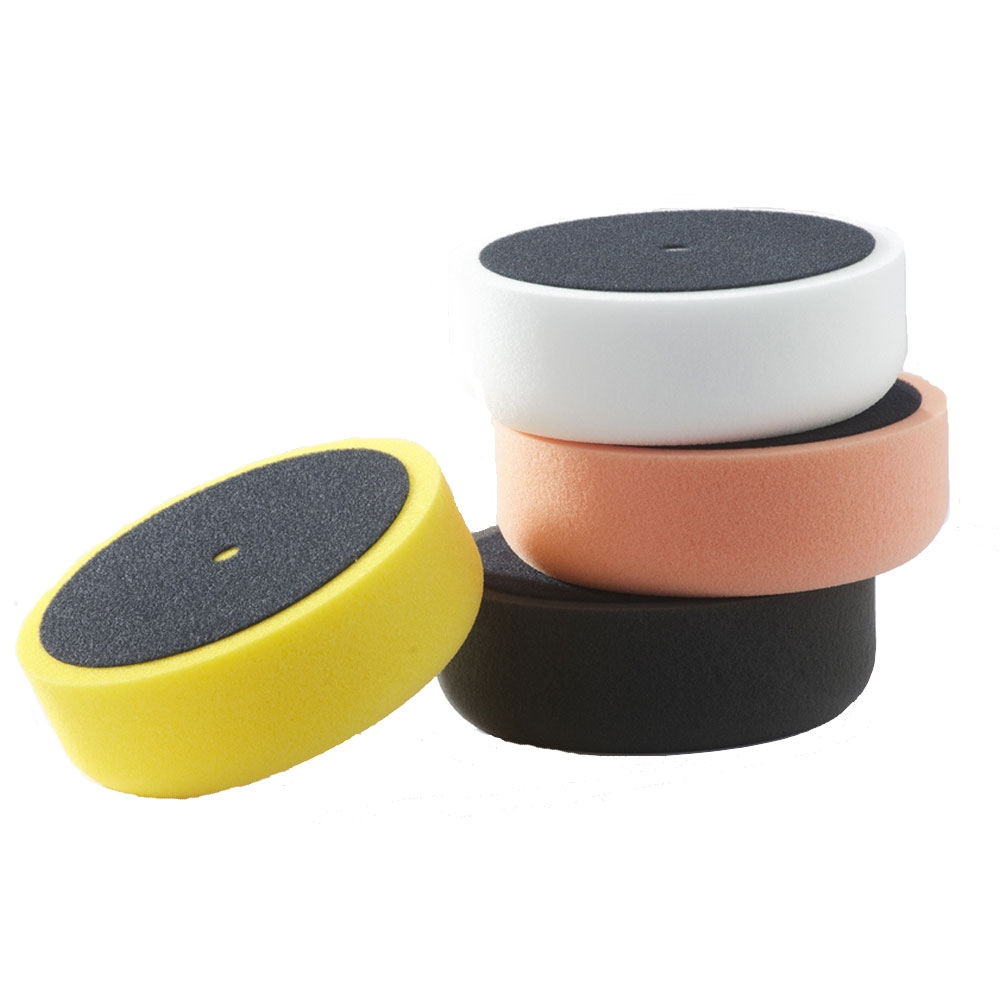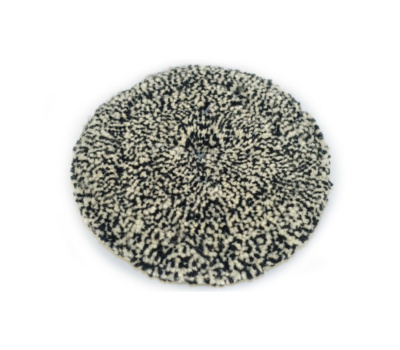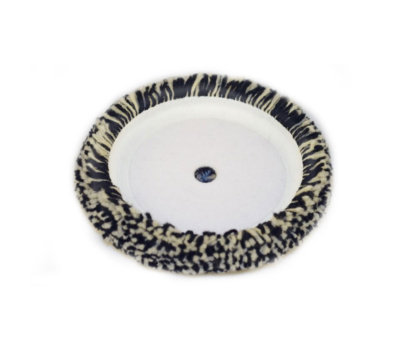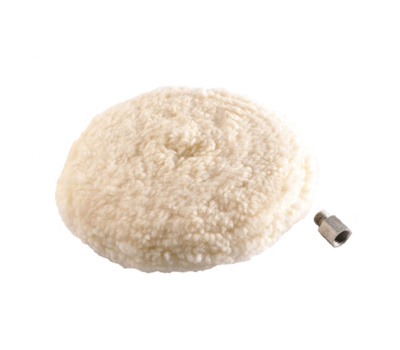Polishing Sponge available in four hardnesses, the handle is made of very strong turnip, reusable, which provides positive retention of the sponge polishing machine.
| Size | Color | Recommended backing plate | Code |
|---|---|---|---|
| ∅ 150 mm | white | “Soft” backing plate – ∅120 / “Universal” backing plate – ∅120 / “Universal” backing plate – ∅150 | 300000384 |
| ∅ 150 mm | pink | “Soft” backing plate – ∅120 / “Universal” backing plate – ∅120 / “Universal” backing plate – ∅150 | 300000385 |
| ∅ 150 mm | yellow | “Soft” backing plate – ∅120 / “Universal” backing plate – ∅120 / “Universal” backing plate – ∅150 | 300000386 |
| ∅ 150 mm | black | “Soft” backing plate – ∅120 / “Universal” backing plate – ∅120 / “Universal” backing plate – ∅150 | 300000387 |


The heads from the Long Life series are made of 100% premium natural sheep wool.

One-sided heads from the Long Life series are made of 100% premium natural sheep wool.

Double-sided polishing wool is made from 100% natural wool. Ideal for removing scratches and mates
We do not recommend using universal thinners. The use of a thinner with an unknown composition may result in loss of adhesion, lack of proper flow of paint and varnish defects.
We do not sell retail. Our products can be found in many stores in Poland and abroad. Our distributors run stationary and online stores. The full list of distributors and contacts can be found on our website at the following link click here.
We do not recommend using universal thinners. The use of a thinner with an unknown composition may result in loss of adhesion, lack of proper flow of paint and varnish defects.